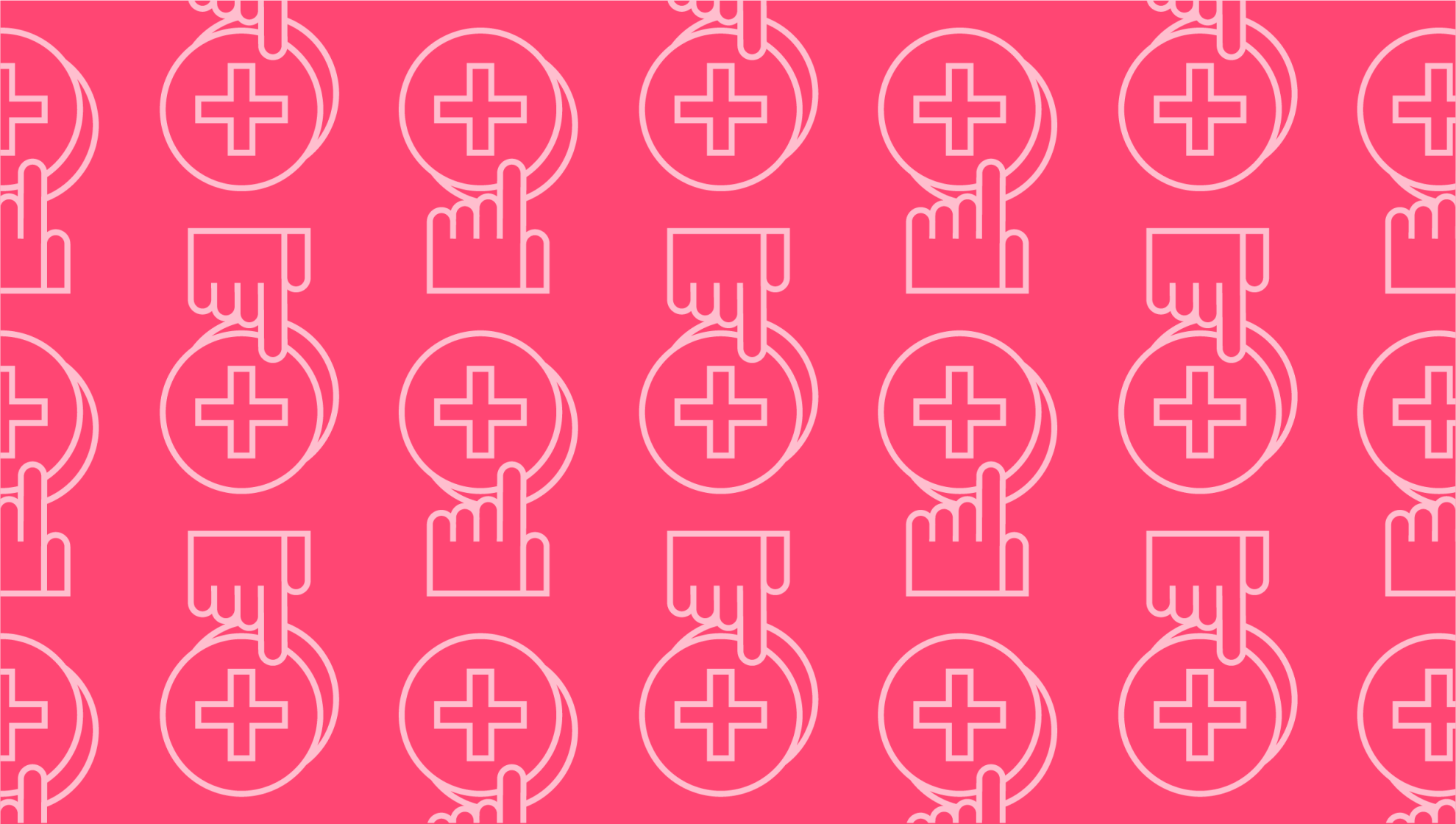
What to do when a customer won't pay
Last editedMar 20223 min read
If you run your business effectively, there should be very few instances where a customer won’t pay at all. Even so, it’s important to know how to deal with them.
When a customer won’t pay, your first action should be to try to understand the reason why they won’t pay. It may be that you simply need to resolve an issue to their satisfaction and they will pay. If that does not work, the next step is to send a formal reminder that payment is due. The last step is enforcement action.
What happens if a client doesn’t pay?
When dealing with non-paying clients, it’s best to start with a soft touch. You can always move up from there – slowly, if necessary.
Investigate the underlying issue
Your first step is to determine why your customer won’t pay. In particular, you need to make sure that the issue is that the customer won’t pay rather than that they can’t pay, at least not according to the agreed terms. Try reaching out to your customer. If they are not responsive, try looking them up online to see if there are any clues.
If you can get an explanation for the non-payment then you need to see if there are any steps you can take to resolve it. If there are, you need to decide if you’re willing to do so. Sometimes it can be practical just to do what a client wants to conclude a contract and move on. At other times, however, you may need to stand your ground and refuse.
Send a formal reminder that payment is due
Assuming that there are no issues you need to resolve, your next step in dealing with non-paying clients is to send a formal reminder that payment is due. In fact, it’s usually best to send more than one reminder before taking any further action.
A good rule of thumb is to make the first reminder fairly soft-toned. The second reminder can be firmer. The third reminder can then be a final demand. You do have the option to send more reminders if you feel that it is justified.
In general, however, sending three reminders for payment is likely to be enough to show that you have made reasonable efforts to resolve this with your customer should you wish to take the matter further.
Decide if you want to take enforcement action
Even if you believe that you have rock-solid grounds for making a claim, it can be advisable to think carefully before starting enforcement action. Any sort of enforcement action is going to take up your time and resources. You need to think carefully about whether or not the effort is worth it.
There are three main forms of enforcement action you can take. These are peer pressure, mediation and legal action. Peer pressure is when you make it public knowledge that your client hasn’t paid to put them under pressure to do so. This is a risky strategy as it can make you look unprofessional. Sometimes, however, it can get the result you want.
The second option is mediation or arbitration. This does, however, usually rely on getting your customer to enter mediation in good faith and/or agree to abide by the arbiter’s decision. The last option is legal action. Keep in mind, however, that getting a legal judgement in your favour does not necessarily guarantee that you will get your money.
You may need to take further action to enforce the judgement. What’s more, if your client becomes unable to pay, then you may find that the judgement is worthless. This means that all the effort you spent obtaining it will have been wasted.
How to avoid issues with non-paying clients
The best way to avoid issues with non-paying clients is to charge them through Direct Debit. These can be used both for recurring and one-off payments. Using Direct Debits puts you in control of the payment cycle and hence minimises issues with late payment. Your customers are, however, still protected by the Direct Debit Guarantee scheme.
It’s easy to get started using Direct Debits through GoCardless. If you choose the Standard package, there are no setup fees. You can create payments through the GoCardless dashboard or through invoicing software. This minimises your administration and maximises your cash-flow.
Using Direct Debit is also convenient for your customers. It means that all they have to do is fill out a straightforward and securely-hosted online form. You (and GoCardless) can take care of everything else for them.
We can help
If you’re interested in finding out more about what to do when a customer won’t pay, then get in touch with our financial experts. Find out how GoCardless can help you with ad hoc payments or recurring payments.

